Fine tuning and mastering different camping skills can completely transform the way you experience the outdoors.
The list of outdoor skills goes on and on, but there are certain camping skills that you can work on mastering today, and have a completely different trip tomorrow.
Here are 8 camping skills for you to work on the next time you head out into the great outdoors!
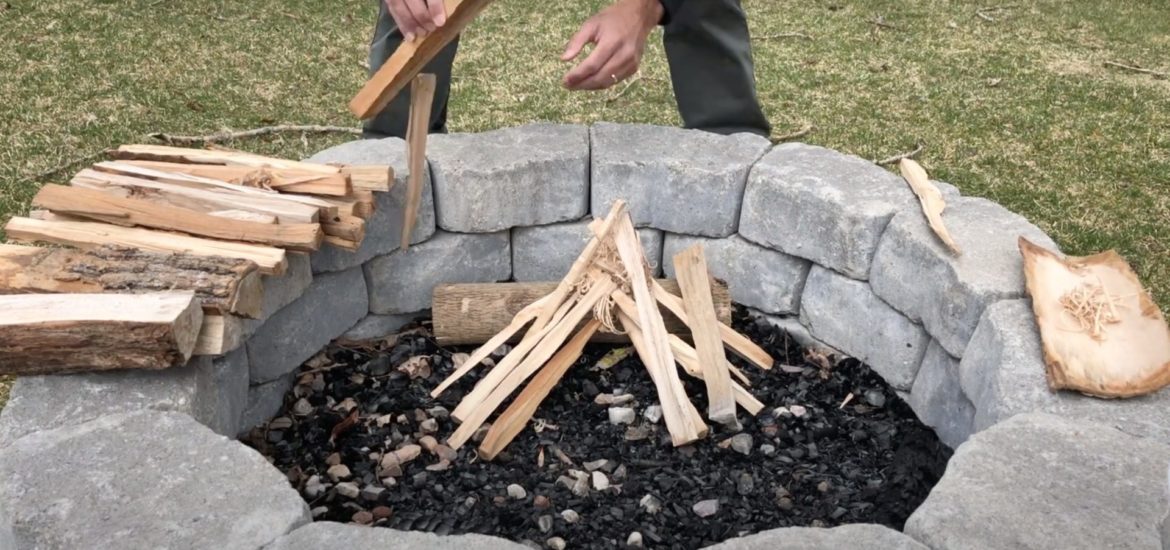
1. Fire Building
Mastering the art of fire building can take a lifetime if you want to discover all the different tricks and methods to making a fire roar.
Fortunately, basic fire building skills can easily be learned on your next trip to add it to your camping skills checklist.
There are plenty of fire starting hacks that can help you get a fire going in no time. Once you’ve got a fire lit, it’s just about patience and slow, intentional movements. A lot of people throw hundreds of sticks on at once and hope it lights.
Start small with tinder. You can even cheat by bringing lint from your dryer or some cotton balls. Gradually increase the size of sticks, starting with the smallest possible twigs on the ground and building a small teepee over your tinder. Be patient and remember fire needs air to keep surviving.
Pro-tip: Check out my step-by-step fire making guide, or my how-to video linked below!
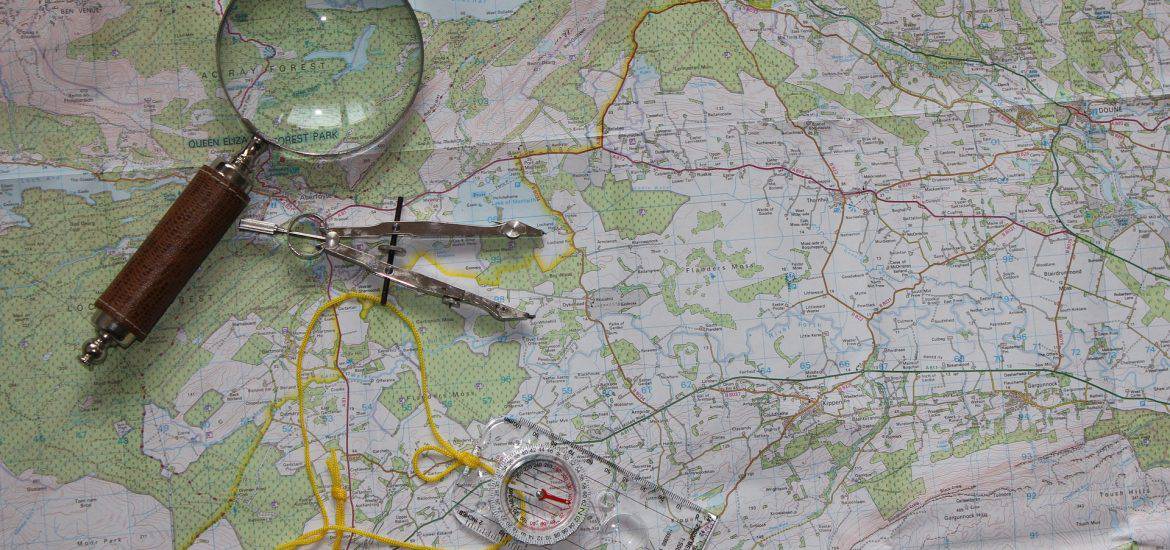
2. Orienteering
Orienteering is an incredibly useful tool that many people have forgotten as the days of technology are on the rise. We rely on Google Maps to take us everywhere and many people couldn’t show you which way north is in real life!
The basic skills of orienteering is learning how to use a map and compass. Try this out with an affordable compass and a topographical map of the region you’re going camping in.
There are tons of fun ways to incorporate orienteering into camping trips and it hones your skills as well. Design a treasure hunt that requires taking bearings and moving through the woods and it will be a fun way to learn.
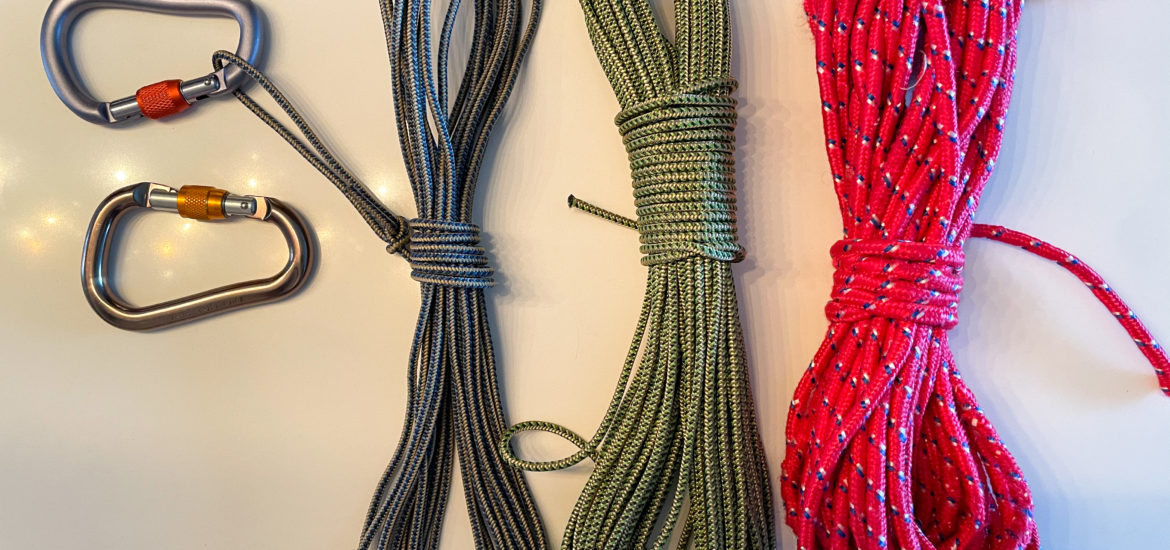
3. Rope Knots
One thing that I’ve noticed about knots is, the more knots you know, the more chances to use them you find. That makes knots one of the most versatile and transferable camping skills on the list.
Not only will you use it every day in your life, it’s an easy-to-learn skill. A foot-long section of paracord is equivalent to the camper’s fidget spinner. It’s easy to have on hand and practice new knots all the time.
For beginners, I would highly suggest learning the trucker’s hitch, the bowline, and the clove hitch. These are three knots that will make you able to do just about anything with a rope.
Pro-tip: Check out these 6 essential knots for the outdoors.
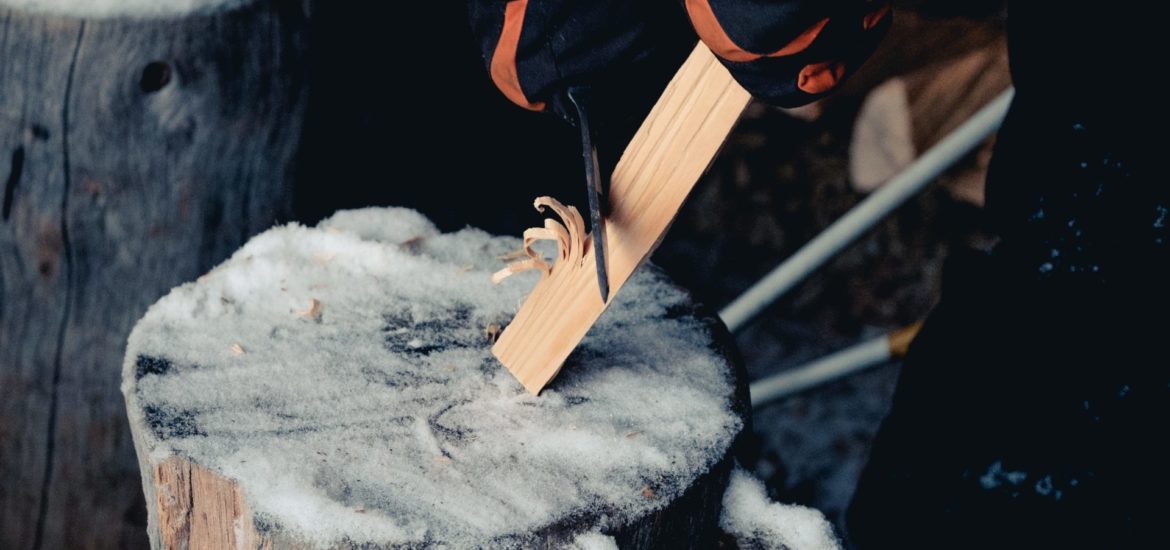
4. Bushcraft and Woodworking
Mastering the art of bushcraft is essentially becoming a master of all things outdoors. Bushcraft is just another term for camping skills, but it can have a heavy focus on certain skill sets like woodworking.
Woodworking is another skill I love to have on hand at all times. You can create your own utensils out of a branch found in camp just while sitting around the fire at night. It’s a highly versatile tool that allows you to get what you need when you don’t have a Wal-Mart nearby.
If you’re practicing woodworking, another great skill to learn is making different traps. There are plenty of traps that include carving sticks in certain fashions and balancing them delicately under a rock. Check out a guide on how to set up a Figure-4 trap, or a Paiute Deadfall and with a lot of patience and determination, you can set one up on your next trip.
The ability to repair your own gear is another part of bushcraft. This allows you to become more self-reliant when you are out in the woods. An easy way to practice this is to study the gear itself and learn the way that it works. For example, once you know how your stove works, you can probably fix it.
Pro-tip: Certain bushcraft skills require the use of a good camping knife. Check out my camping knife buyer’s guide for my recommendations.
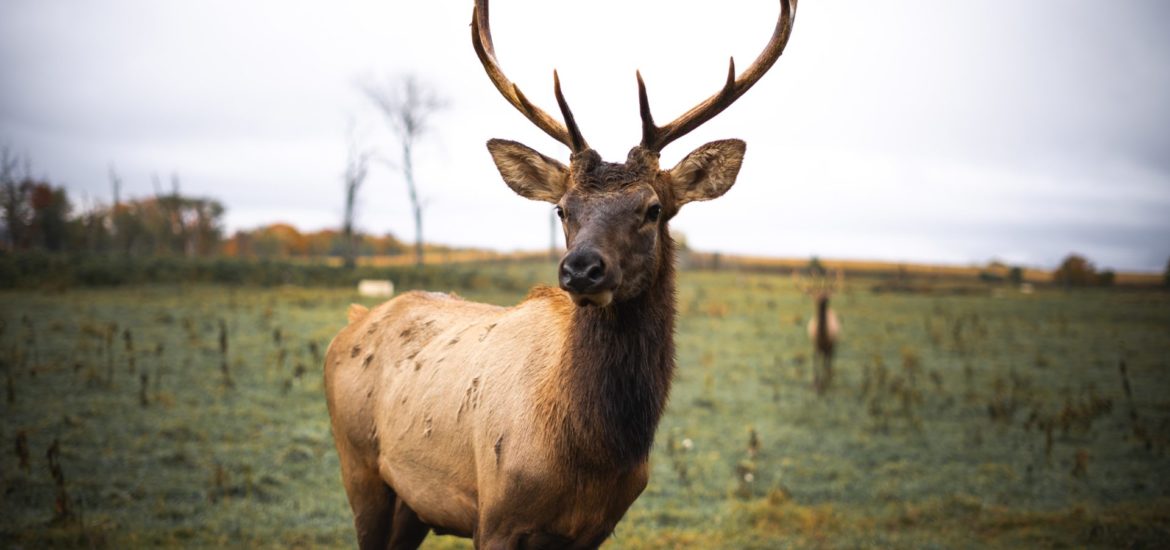
5. Animal Tracking and Identification
Animal tracking is a fascinating and engaging skill to learn. You need to have an eye for detail and a stealth that allows you to move about unnoticed.
There are a lot of good resources on animal tracking that show you what footprints belong to what creature, and how to identify different scat (poop).
Peterson Field Guides have always been a user-friendly manual to identification and make for a great beginner’s guide.
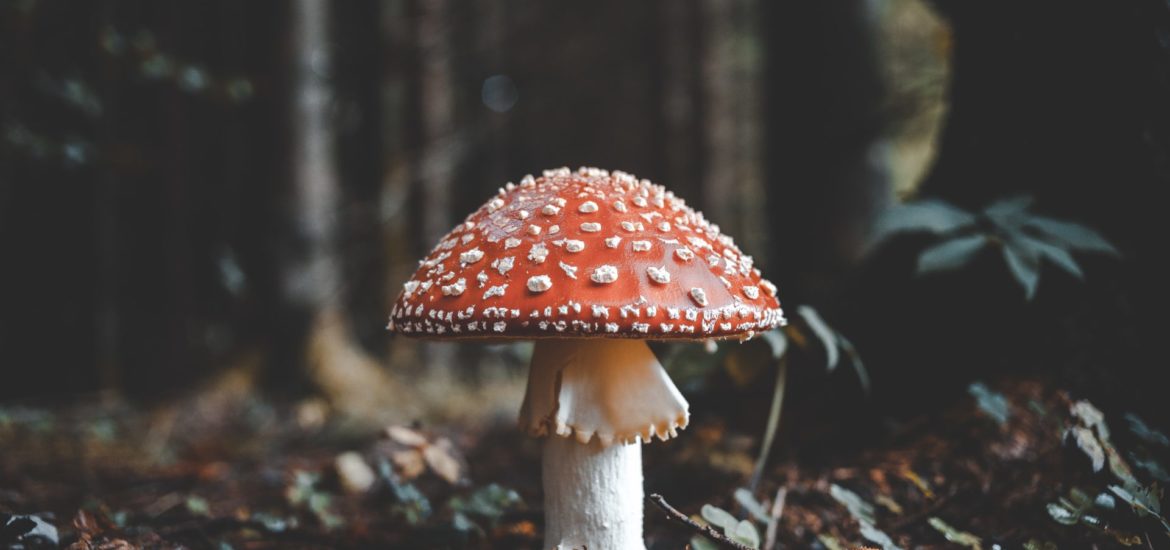
6. Flora and Fauna Recognition
Plant and animal identification is not only a fun skill to have, this is one camping skill that can save your life in the forest.
Knowing the right plants can help you feed yourself or provide certain levels of medicine when you’re far in the backcountry. Identifying signs of animals can lead you to other resources like food and water.
Make sure to get an identification book that you like and find easy to use. The biggest rule about plant identification is to never eat anything that you aren’t 100% sure you know what it is.
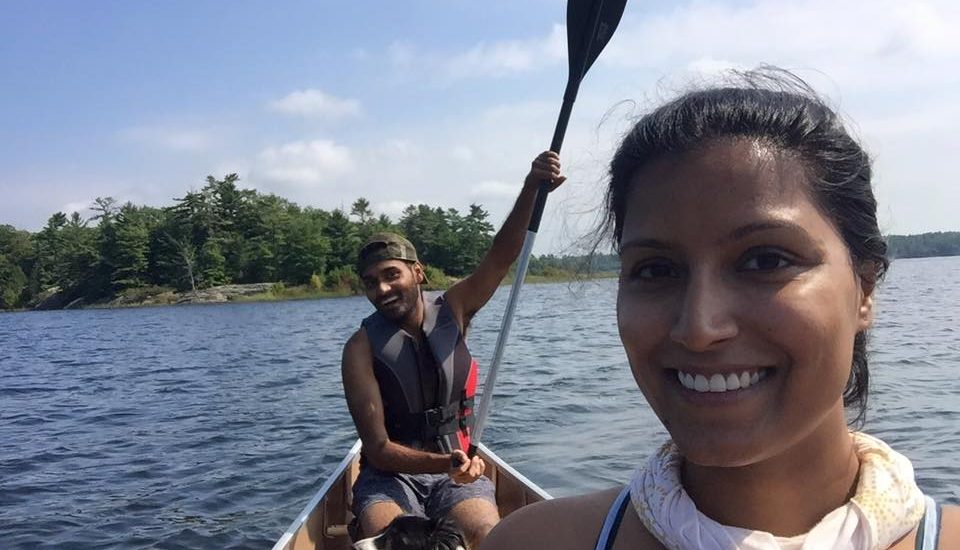
7. Canoeing & Kayaking
Canoeing and kayaking is one of my personal favourite ways to better enjoy camping trip. They’re good skills to have and be able to use to travel in different ways.
Work on your technique, which includes paddling with someone else and paddling solo. There are tonnes of paddle strokes to master, but just start with getting the feel for moving a canoe with a forward stroke and steering with a J-stroke or a Sweep.
Don’t forget about learning the proper ways to pack a canoe or kayak. Make sure you’re carrying them on your vehicle in a safe way, and maybe even using some of your knots to tie them down.
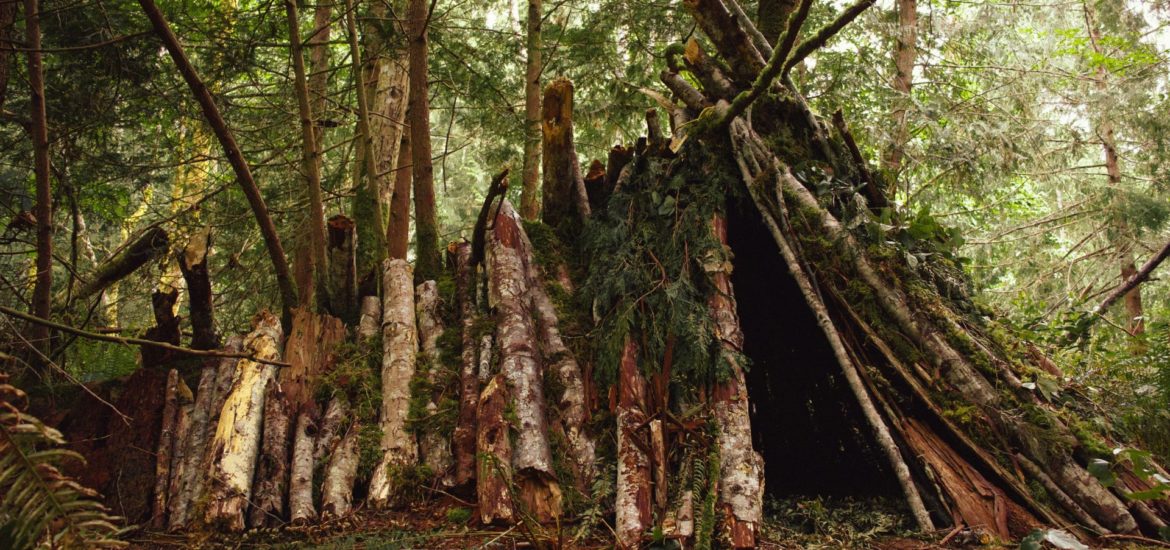
8. Emergency Shelter Building
Shelter building is another one of those critical camping skills that can really come in handy if anything ever goes wrong.
Bring a tarp on your next trip and practice using it alongside sticks and leaves to build lean-to or a-frame shelters.
If you really want to up your game, spend a night or two sleeping in these shelters. You’ll truly find the flaws in an overnight rain or windstorm!
This article contains affiliate links, which help support this blog at no cost to you!
